Power Modules to the Rescue
2015-06-09
There are an increasing number of suppliers offering power modules due to improvement in technology on many fronts. It is now time to take advantage of this new generation of power modules. The process of selecting a power module is important and designers need to select the best solution in terms of value (performance and size) versus cost effectiveness.
The requirements for higher density boards and reducing system size are driving the need for smaller DC/DC solutions, resulting with the evolution of power modules. It took many years for the power module technology to arrive to the mass market. In the early days, it was very difficult to design power converters. At the time, they were entirely designed with discrete and leaded components or taken from a tap off a transformer. The reality was that designing power converters was considered a black art. There were very few experts in this field who had a great understanding of all aspects of power conversion. The design cycles took more than a year because multiple design iterations were needed due to stability issues, component failure, or EMI issues caused by high di/dt or dv/dt and improper or constrained layouts that increased the amount of radiated EMI.
Later, companies such as Unitrode developed PWM controllers, and power transistor suppliers started offering MOSFET technology to replace bipolar transistors. The switching conversion frequency increased to about 100 kHz, and surface-mount components entered the mainstream. With improvements in process, packaging, and MOSFET technology, DC/DC regulators with integrated controller and power switches arrived. This allowed even further reduction of board space and improvement of power density (see Figure 1).
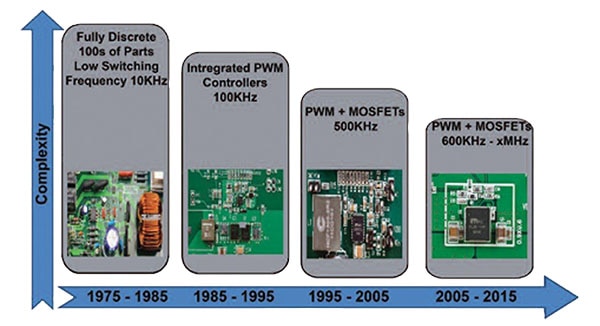
Figure 1: DC/DC converter evolution and trends.
Today there are only a few semiconductor suppliers offering an all-in-one DC/DC solution in a single package. In addition to the controller and power switches, inductors and passive components are now integrated into the package. To reduce the form factor of the module package, the inductor size had to be reduced dramatically while still offering good performance. This could be achieved by increasing the switching frequency, thus allowing a smaller inductor with less inductance to be used, which also reduces the DC resistance of the inductor. The trade-off would be an increase in switching losses from the controller and MOSFETs.
The good news is that semiconductor processes and MOSFET technology have improved significantly over the years, reducing the impact of the higher switching frequency. With smaller geometries, improved performance could be achieved and silicon size could be reduced. Newer MOSFETs with improved figure of merit helps optimize the switching and conduction losses trade-off, allowing for improved efficiency, thereby allowing for a smaller package footprint to be used with adequate power dissipation. In addition, packaging technology has evolved where several Watts of power dissipation can be achieved in a small package as thermal resistance has been reduced. In addition, passive component supplies (capacitors, diodes, resistors) have been reducing their footprints to save space as well. With all of these technological improvements, this has enabled integrated power modules to achieve the level of power density that is available today (Figure 2).
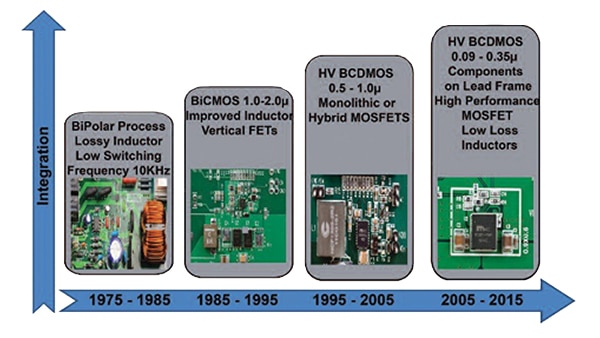
Figure 2: The improvement in technology was needed on many fronts.
Why use power modules over a discrete approach?
Besides the fact that power modules achieve a smaller footprint than discrete solutions, there are many other advantages of using power modules. Although it is possible to get the highest efficiency using a discrete approach, if saving board space is your major requirement you may benefit from trading off a few percent of efficiency to meet density requirements. For example, Micrel power modules achieve efficiency in the 90% range, as well as great efficiency at light load due to HyperLight Load™ technology.
Discrete power converters require more space and careful component location as this becomes a concern. The layout and routing can be quite challenging to optimize. The AC current loops are larger and can be more susceptible to radiated EMI issues as these loops act like an antenna. The integration of the key power components within a module minimizes the size of the loops with only the need to put the input and output capacitors close to the IC and connected to GND, which is fairly simple to implement. For the majority of the customers, meeting CISPR22, CLASS B or EN55022 requirements is a necessity. Figure 3 shows the performance of these new modules.
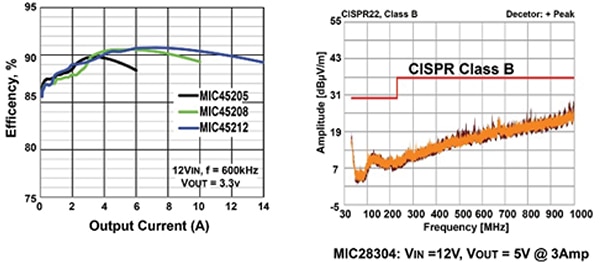
Figure 3: Efficiency (left) and EMI performance.
Additional performance considerations for power designs include load-transient and thermal management. The load transient is a function of control loop architecture, switching frequency, and output filter size. Thermal issues are related to the operating ambient temperature and the ability to remove heat from the power components. For power modules, this is one of the primary concerns as a majority of the heat is dissipated within the package. With a smaller footprint, there is less contact area to the board (for QFN-type packages). As a result, having an advanced package with low thermal resistance (especially junction to board) in conjunction with a highly efficient regulator is a must in order to achieve the benefits of using a small power module solution (Figure 4).
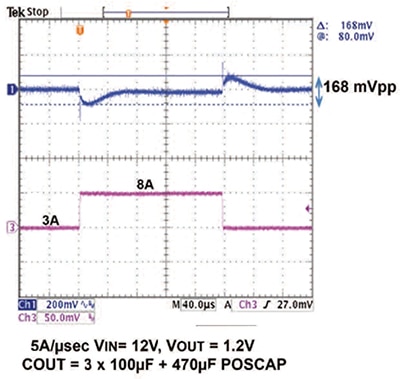
Figure 4: Hyperspeed control offers fast load transient response.
Meeting challenging system requirements
While fully integrated, the latest power module solutions allow the end-user some flexibility, such as setting the current limit, the frequency, and the output voltage with external resistors. In this way, the same module can be adjusted for different output voltages in the system. The ability to adjust the current limit allows for optimum over-current protection. The ability to adjust the frequency addresses the efficiency versus transient trade-off. Additionally, since many of the parts are included in the power module, the layout and routing of the design is much easier. Depending on the power module vendor, the size and shape of the exposed thermal pads can be different. Some vendors offer very easy pad locations with their QFN package while other use LGA/BGA packaging, which can be more difficult and more expensive to assemble.
When designing for distributed power systems for industrial or medical applications, small high-voltage solutions with wide operating input and output voltage ranges are ideal. The MIC28304 is a 70 V/3 A module in a small 12 x 12 x 3 mm package, which, when compared with a discrete solution, can reduce the PCB requirement by more than 60%. The device’s external components give the flexibility to set current limit frequency, if there is a need to avoid a certain switching frequency, and output voltage, which is programmable from 0.8 V to 24 V. The device achieves impressive efficiency levels both at light and full load in the HyperLight Load version. Finally, this power module meets EMI CISPR 22 Class B spec.
The requirements are different when designing for enterprise infrastructure, datacom, FPGA power, or distributed 12 V bus applications. These applications often require higher current, high efficiency, and small size as board space is a premium. The point of loads often needs to be close to the processors. For this type of application, the MIC452xx family of parts offers the smallest form factor and highest power density. The control architecture used is optimized for a fast loop response, resulting with the need for less output capacitance. At the same time, the wide input voltage range of 5 V to 24 V allows the use of the same family for supplying from a 5 V or 12 V common bus rail, reducing the number of parts to qualify and that have to be kept in inventory. Once again, a single device offers high flexibility and has minimum external components to achieve a very small form factor. Offered in QFN packages, these devices are easier to lay out when compared with an LGA solution and all components can be placed on the top side (Figure 5). Some of the passive components can be placed on the bottom if an even smaller solution is required.
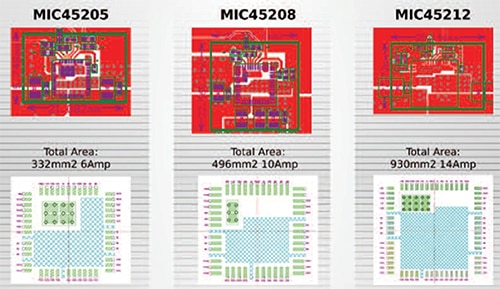
Figure 5: Simple land patterns optimized for thermal performance and eliminating assembly issues.
Other applications that are suited for DC/DC power modules include solid-state drives, handheld devices, enterprise storage, servers, Wi-Fi/WiMax modules, and wearable electronics, where board space and low profile is often limited. In these types of applications, the high switching frequency of 4 MHz allows for a very small internal inductor, allowing for a very miniature packaged solution. In addition, with the high switching frequency, small output capacitors can be used without significant output ripple. The MIC33163 total solution requires only 4.6 mm x 7 mm of board space with a maximum height of 1.1 mm and is capable of delivering 1 A of output current. Due to the amount of board space needed by these devices, they are often used as a replacement for LDOs with significant improvement to efficiency. These devices have an input voltage range from 2.7 V to 5.5 V with a 4 MHz switching frequency, and offer efficiency up to 93% while meeting EMI performance (CISPR22 Class B).
Conclusion
The latest DC/DC power modules are simple to use with a minimum number of external parts and allow for easy PCB layouts. Their compact form factors use minimal board space, and new control architectures are used to achieve fast transient response, which saves on the number of filter capacitors. The new generation of power modules has small form factors, yet still offers excellent conversion efficiencies. System reliability is enhanced since they are fully tested and have minimum external components, which is especially important for applications where the systems are exposed to moisture and harsh environments. Ultimately, the ease of use offered by power modules is driving their increased adoption. Knowing a design will work the first time and having the flexibility to accommodate changing specifications late in the design cycle are strong, compelling reasons to consider using power modules.
This article originally appeared in Power Electronics Europe – Issue 8, 2014
免责声明:各个作者和/或论坛参与者在本网站发表的观点、看法和意见不代表 DigiKey 的观点、看法和意见,也不代表 DigiKey 官方政策。






 中国
中国